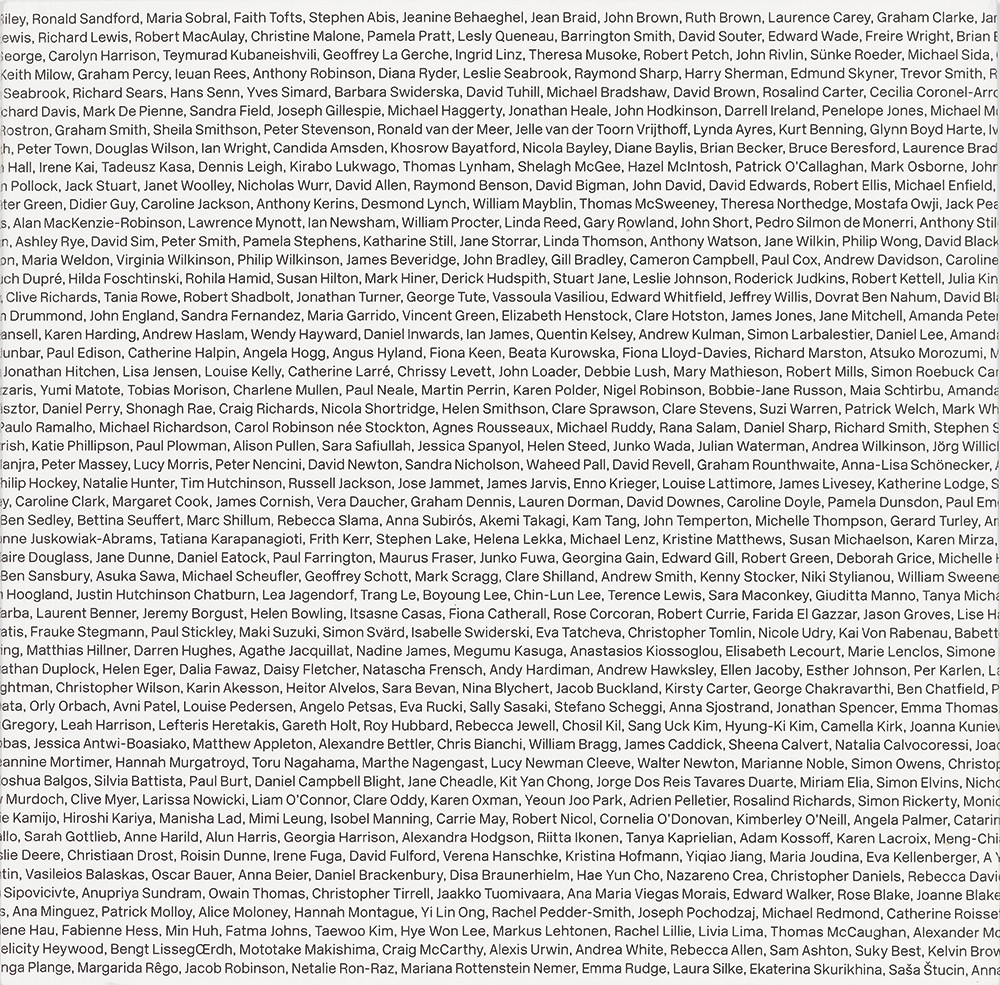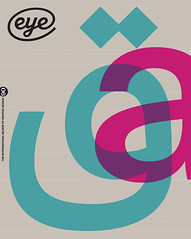Summer 2015
Anecdotage
GraphicsRCA: Fifty Years and Beyond
Edited by Teal Triggs, Adrian Shaughnessy and Anna Gerber, with essays by Mike Dempsey, Len Deighton, Gert Dumbar and others<br> Design: Antonio Bertossi and Esa Matinvesi<br> Price: £25 via Big Cartel (paperback, 158pp)<br>

GraphicsRCA: Fifty Years and Beyond, which reminisces over the past half-century of the graphic design masters course at the Royal College of Art, London, arrives with a crowded register of graduates on its gatefold cover.
I scan the names for members of my own graduating year, and recognise a few from the class of 2013 at the bottom left of the page, right at the end of a very long list. Though my time at the college was spent bashing keyboards in the humanities department, I always felt that the graphics students were at the heart of the student body in Kensington. There were lots of them. Their work was the most visible, their posters, pamphlets and publications pasted throughout the college buildings. Their lectures were great. They threw the rowdiest studio parties. If there was a gang who embodied the concept of ‘RCA-ness’, it was the graphic designers.
This collection of people on the cover is the celebrated product of a course that has proved as shifting and changeable as British graphic culture itself. Here essays and interviews piece together the story of how the RCA led British design away from foggy Victorian fussiness, through the mod, Pop and Op of 1960s London, and into uncharted, digital waters; how the tutors and students – Margaret Calvert, Peter Blake, Alan Fletcher, Daniel Eatock and many, many others – ensured that the output of the course would be recognised across the world, from postage stamps to Hollywood blockbusters.
As the cover indicates, this is a book of names – a book about people as much as practice. Prestigious though the graphics alumni are, at times the book’s interviews can read a little like Old Testament genealogies; names come thick and fast, and the exhaustive lineage of students, course leaders and visiting tutors can leave the reader feeling left out.
But this is a book aimed at faithful insiders and would-be insiders – students both past and prospective. The depth of archival detail is impressive. Many of the best anecdotal recollections illuminate the social experience of attending the RCA in years past: Michael Parry racing boats along the Serpentine, Alex Maranzano interning alongside a teenage David Bowie, Len Deighton dodging Bruce Lacey’s flailing contraptions in the junior common room.
Giddy tales from a bygone era are enthralling but the chances of The Who smashing up the student union today are regrettably slim. A self-published retrospective such as this must be quietly promotional, designed to entice new students to a college that is considerably altered (in terms of fees, class sizes, studio space and radical reputation) from the one remembered in its pages.
Examples from the college magazine Ark, along with visual essays inspired by Richard Guyatt’s holistic maxim ‘head, heart, hand’ and lavish reproductions of graduate work, tell a parallel story to the interviews; one of sketches and letterpress giving way to photographs and infographics. But despite the visual nature of its subject, GraphicsRCA is most valuable as a record of meetings, decisions, friendships and quarrels – of people.
Top: Type-only cover of GraphicsRCA: Fifty Years and Beyond.
Tom Harrad, writer, London
Published in Eye no. 90 vol. 23, 2015
Eye is the world’s most beautiful and collectable graphic design journal, published quarterly for professional designers, students and anyone interested in critical, informed writing about graphic design and visual culture. It is available from all good design bookshops and online at the Eye shop, where you can buy subscriptions, back issues and single copies of the latest issue. You can see what Eye 90 looks like at Eye before You Buy on Vimeo.

